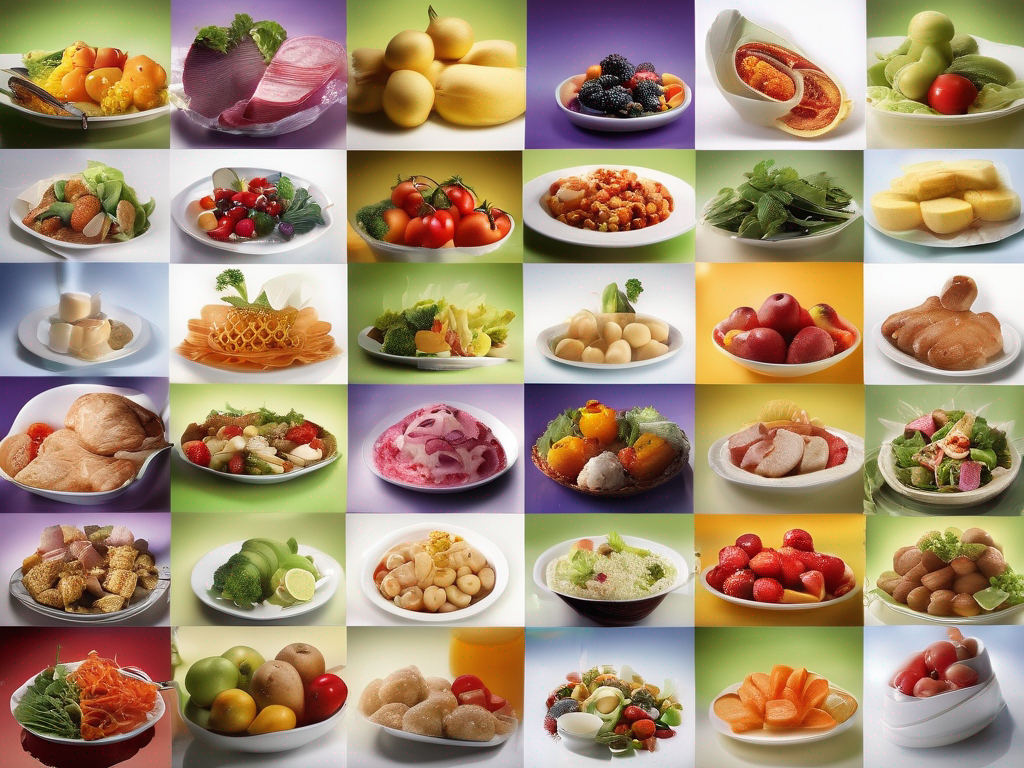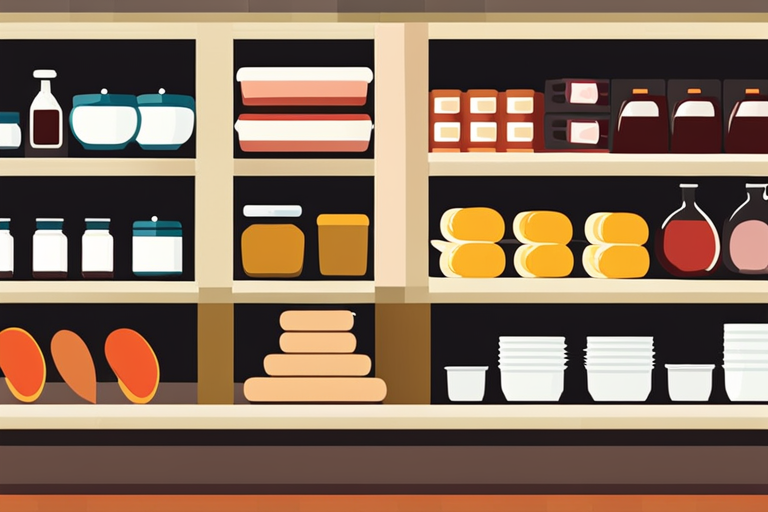
Maximizing Food Safety: Understanding the Shelf Life of Foods
Get Your Free Food Safety Cheat Sheet
30 most common foods with instant answers. Print it and stick it on your fridge—completely free!
Maximizing Food Safety: Understanding the Shelf Life of Foods
In today's fast-paced world, it's essential to understand the shelf life of the foods we consume. Properly storing and consuming foods within their recommended timeframe not only ensures their freshness and taste but also plays a crucial role in food safety. Let's dive into the shelf life of various food categories and how you can make the most of your groceries.
Factors Affecting Shelf Life
Understanding the factors that influence the shelf life of foods is key to maintaining their quality. Here are some primary factors to consider:
1. Packaging
- Sealed packaging helps to protect foods from external contaminants and extend their shelf life.
- Properly reseal opened packages to maintain freshness.
2. Temperature
- Refrigeration or freezing can significantly slow down the growth of bacteria and help preserve food.
- Keep perishable items in the refrigerator at or below 40°F (4°C).
3. Moisture Content
- Moisture can accelerate spoilage, so storing foods in dry conditions is crucial.
- Use airtight containers to prevent moisture from affecting the food.
4. Exposure to Light
- Light can cause certain foods to deteriorate more quickly.
- Store light-sensitive foods in dark or opaque containers.
5. Microbial Activity
- Bacteria, mold, and yeast can all contribute to food spoilage.
- Be mindful of cross-contamination to prevent microbial growth.
Common Food Categories and Their Shelf Life
Let's explore the shelf life of different food categories and how you can maximize their freshness:
1. Dairy Products
- Milk: 5-7 days past the sell-by date when refrigerated at the appropriate temperature.
- Cheese: Soft cheeses last 1-2 weeks, while hard cheeses can last several months if stored properly.
- Yogurt: 1-2 weeks past the sell-by date if refrigerated.
2. Meat and Seafood
- Fresh meat: 1-2 days in the refrigerator, or freeze for longer storage.
- Seafood: 1-2 days in the refrigerator, or freeze for extended shelf life.
3. Fruits and Vegetables
- Berries: 3-7 days in the refrigerator.
- Leafy greens: 3-5 days when stored in airtight containers.
- Root vegetables: 1-2 weeks in a cool, dark place.
4. Grains and Legumes
- Rice: 4-6 months in a cool, dry pantry.
- Lentils: 1 year or more in a sealed container.
- Bread: 2-3 days at room temperature, or freeze for longer storage.
5. Beverages
- Coffee beans: 2-3 weeks in an airtight container.
- Tea: 6-12 months in a cool, dry place.
- Juice: 1-2 weeks in the refrigerator after opening.
Tips for Maximizing Shelf Life
To ensure you make the most of your food items and reduce waste, consider the following tips:
- Rotate your pantry items to use older products first.
- Label and date leftovers to track their freshness.
- Invest in quality storage containers to maintain food quality.
- Regularly clean your refrigerator to prevent odors and bacterial growth.
- When in doubt, follow the "sniff test" – if food smells off, it's best to discard it.
Conclusion
Understanding the shelf life of foods is essential for maintaining food safety and quality. By following proper storage guidelines, being mindful of expiration dates, and implementing smart food management practices, you can minimize food waste and enjoy fresh, safe meals every day. Stay informed, stay safe, and make the most of your groceries!

Authoritative Food Safety References
These agencies and university labs inform every tip and health precaution we publish.
USDA FoodKeeper – Cold Storage Guidelines
Official refrigerator, freezer, and pantry timelines maintained by the U.S. Department of Agriculture.
Visit USDA FoodKeeperFDA Produce Safety Rule & Grower Guidance
Field-to-fridge handling practices that prevent contamination of fruits, vegetables, and leafy greens.
Visit FDA Produce SafetyCDC Foodborne Illness Prevention Hub
Surveillance-backed guidance on pathogens, symptoms, and steps to reduce foodborne illness risk.
Visit CDC Food SafetyUC Davis Postharvest Technology Center
University research detailing optimal storage atmospheres for produce after harvest.
Visit UC Davis PostharvestPenn State Extension – Home Food Preservation & Safety
Peer-reviewed extension bulletins on safe canning, chilling, and reheating practices.
Visit Penn State ExtensionHow can I extend the shelf life of perishable foods?
How can I determine if a food has gone bad?
Can I still consume foods past their expiration date?
How can I properly store foods to maximize their shelf life?
Get Your Free Food Safety Cheat Sheet
30 most common foods with instant answers. Print it and stick it on your fridge—completely free! Want more? Upgrade to the complete guide with 70+ foods.
Scan your food directly and get instant safety info using our AI-powered camera feature.